| marc7 travels |
|
I have always been fascinated with places with historical significance. Destinations or spots that give me a glimpse of its rich and colorful past. These are places that were mute witnesses to events that paved the way to where we are now as a nation. This fascination had me exploring destinations that you would not even think had a rich story to tell. This is the case of the heritage district of Sta. Ana in the City of Manila. Sta. Ana, sitting along the banks of the Pasig River, is one of the oldest communities in the metro. Archeological excavations have shown that it has existed even before the Spanish arrived in the country and was the center of the ancient Namayan community. When the Spaniards established a settlement in the area in 1578, they gave it the name Santa Ana de Sapa in honor of its titular patroness. It was once known as the “Forbes Park of Manila” owing to the grand houses that lined its streets, owned by the prominent and wealthy. Join me as we go on a quick “Find Me” game along the streets of Santa Ana for a quick glimpse of its rich and elegant past. Parish of Our Lady of the Abandoned At the heart of Sta. Ana is the Parish of Our Lady of the Abandoned Church - a Spanish-period Catholic Church established by the Franciscan in 1578. The present stone church was completed in 1725 and was dedicated to the Our Lady of the Abandoned. It is home to the revered image of their patron which arrived here in the Philippines from Spain in 1717. The church, designed under Baroque style, was built using adobe materials. The 3-level facade is adorned by arched stained glass windows on the second level and the images of St. Anne and St. Joachim on the first level, flanking the main door. The belfry stands on the right side of the church and dominates the district’s skyline. An image of the Our Lady of the Abandoned stands by the parking lot facing Plaza Calderon. The interior of the church is grand and beautiful. The baptistry, on the right when you enter, sits on the base of the church’s belfry. It features a marble font and a painting of the Baptism of Jesus Christ. The three-level retablo of the church was a real beauty with its ornate and gold design. The saints occupying the niches are the saints that are relevant to the community. Its main centerpiece is the image of the Our Lady of the Abandoned which has been under their care since 1717. The church convent and courtyard is also the home of the Sta. Ana Site Museum. It is a repository of the artifacts that were excavated in the church’s courtyard that yielded human remains and artifacts that pre-dates the arrival of the Spaniards, indicating that the district is one of the oldest communities in the metro. The museum was declared a National Cultural Treasure in 1973, recognizing Sta. Ana’s historical significance in Philippine history. The church is also home to another National Cultural Treasue - the Camarin de la Virgen. The small chapel, located at the back of the retablo, dates back to 1725. It is home to well-preserved religious paintings on it door and ceilings that features Filipino-Spanish artworks. These paintings are as old as the stone church. Unfortunately, both the patio and the chapel are not open for visitors because of the pandemic. Pozo de la Virgen Located at the back of the Santa Ana Church is a small chapel that features an image of the Our Lady of the Abandoned and a deep well that is believed to spring miracle waters. The chapel is said to be the same age as the church as it was constructed at around the same time. The “poso” or well is an integral part of Sta. Ana’s history. During the earlier days, it was visited by the sick from the town and its surrounding areas to drink its waters as it was believed to have healing powers. One needs to go down ten stone steps to be able to get water from its chamber. A typhoid outbreak in 1920 forced it closure and it was only in 2011 that the well was re-opened for public viewing. Beyond its perceived healing waters, the Pozo de la Virgen also provides us with an insight on the historical connection between Filipinos and Chinese. Chinese traders and immigrants found comfort to the image and the chapel. It also became their “religious sanctuary” away from their home. Residents, with Chinese lineage, often visit the chapel after visiting the Taoist Temple, located across the road, to continue their prayers. Pao Ong Hu Temple A Taoist Temple, just right across the Pozo de la Virgen, is another historical and religious find in Sta. Ana. The temple, together with the excavated Chinese ceramics artifacts, are clear evidences of the good relations between the Chinese and Filipinos during the pre-Spanish period. A unique characteristic of the temple, as shared with me by Kuya Boyet, is the fusion of Taoism, Buddhism, and Catholicism in one religious temple. However, the temple is currently on a legal battle between preservation and commercialism. It was left, by its owners, to decay in an attempt to strip the temple off its religious and historical significance. It is now closed off to the public and the altars, where Taoist Deity Pao Ong Hu and the Our Lady of the Abandoned once stood side by side, were taken down. I hope that we get to preserve this Important Cultural Property lest we lose a vital link to our colorful ancient past. Felipe Calderon Plaza At the center of the bustling business district of Sta. Ana is a public place dedicated to Felipe Calderon. He is a Filipino lawyer and patriot who authored the Constitution of the First Philippine Republic. He died in June 1908 and was once a prominent resident of this district. The linear park, located along Pedro Gil Street, serves as a public park and plaza for its locals. The pedestrian island is a place where you can sit down and watch how Sta. Ana buzzes through its usual day. Savemore Supermarket Excavation Area Savemore Supermarket along Pedro Gil has a unique feature. An open space on the left side of the supermarket is a glass-enclosed excavation site where you get to see the foundations of a Spanish-period bahay-na-bato. Sta. Ana was once dubbed as the “Forbes Park of Manila” because of the beautiful and elegant houses that lined the banks of the Pasig River. Although commercial developments have sprung up in the district, there are remnants buried underneath its soil that give us a glimpse of its beautiful past. Unfortunately, the excavation area has been vandalized. Glass panels that protect the “foundations” were broken and some guests have used it as repository of their trash. I really hope that it can be cleaned up and preserved because you seldom find this kind of adjustments done by commercial establishments. The Heritage/Ancestral Houses of Sta. Ana The district of Sta. Ana is the only district in Manila, and probably in the metro, that has a wide collection of well-preserved Spanish and American period homes. Similar to Pila, the houses are still in use by its present owners and have minimal or no alterations from its original designs. These houses blend perfectly with the urban development in the district and finding these homes on foot can be quite an exciting experience. Two of the popular houses in the district is the Lichauco Heritage House (Pedro Gil St.) and the Cojuangco-Ocampo House (Lamayan St.). If my memory is right, the two houses are referred to as the “twin houses” along Pasig River because these are two ancestral houses that are located along the banks of the river. The Lichauco Heritage House is one of two recognized heritage houses here in Metro Manila. Most of these ancestral homes were built during the American-period. Sta. Ana was lucky to have been spared the wrath of World War 2 and, in effect, preserved these houses. If you walk around the area close to the church, the ancestral houses of dela Merced-Panis, Perez, and Santo Romano, along Plaza Hugo, will immediately catch your attention for its unique architecture. Two of the houses that caught my attention because of its elegant and classy designs were the Cahayon House on Leiva Street and the Batongbacal House on Revellin Street. Both houses remind me of old houses that we usually find in the province. But it is the Batongbacal House that really caught my attention for its “pangmayaman” design that I usually find in old Filipino movies. Although you will find these houses along the small streets of Sta. Ana, there are ancestral homes that you can actually find along the district’s main roads. The Cobangbang Ancestral house along Syquia Street was built in 1930 and has kept its original design since its construction. I was also lucky enough to personally meet the owner of the house. The Pascual Modernist House (ML Carreon St.) is a house that blends perfectly well with the urban structures around it because of its modern architectural design. Weaving through the streets of Sta. Ana and trying to find these beautiful houses was my kind of urban hike. There was a different kind of joy discovering these homes in perfect condition (most of them) and still functioning. For its residents, it is probably just the usual home but, for an enthusiast like me, these houses are repositories of stories of smiles, tears, anxiety, and hope of its residents, from the past to the present. POST TRAVEL NOTES I find it amazing that, in the midst of the hustle of the city, there is a district in Manila that can share its colorful history visually. Who would have thought that the streets of Sta. Ana exude that old town charm that we usually associate with the provincial vibe. The charm of the ancestral houses and historical sites of Sta. Ana have been grinding with the chaos of the city in an effort to keep its stories afloat for us to take notice. Why did I take notice of it just now? We are often “blinded” that travel is about going out of town. What we forget is that within the metro are pockets of destination that gives you a different perspective of the city we live in. It is not all concrete in the city. There are soft spots where we can see a different aspect that we never thought was there. We just need to take the effort to see it because, when we do, we might be able to save a crucial link to our colorful past. #StandTogetherPinoy Getting there: You can take the LRT Line 1 and go down at Pedro Gil Station. You can then take a jeep to Sta. Ana. Alternatively, you can take the Pasig Ferry for a more scenic travel to Sta. Ana. You can go down at the Sta. Ana Ferry Station.
0 Comments
Leave a Reply. |
Marc del Rosario
I believe in education, entrepreneurship, and caring for the environment. Archives
June 2024
|
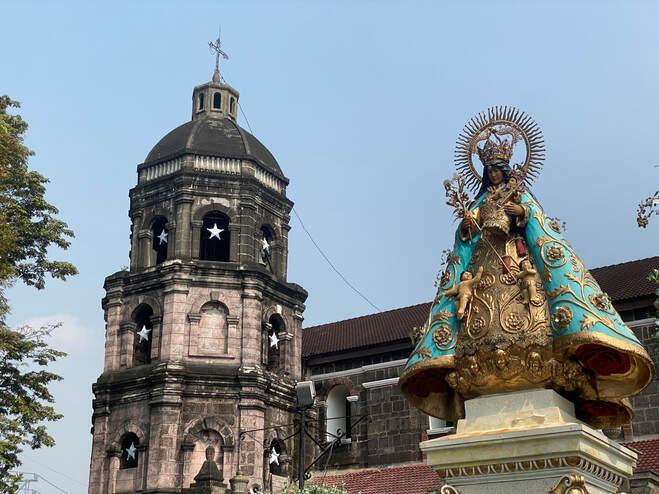
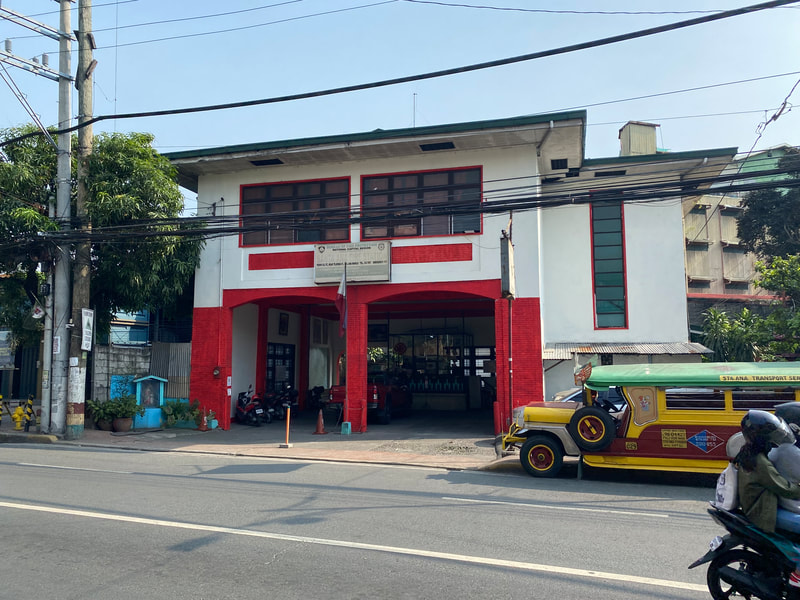
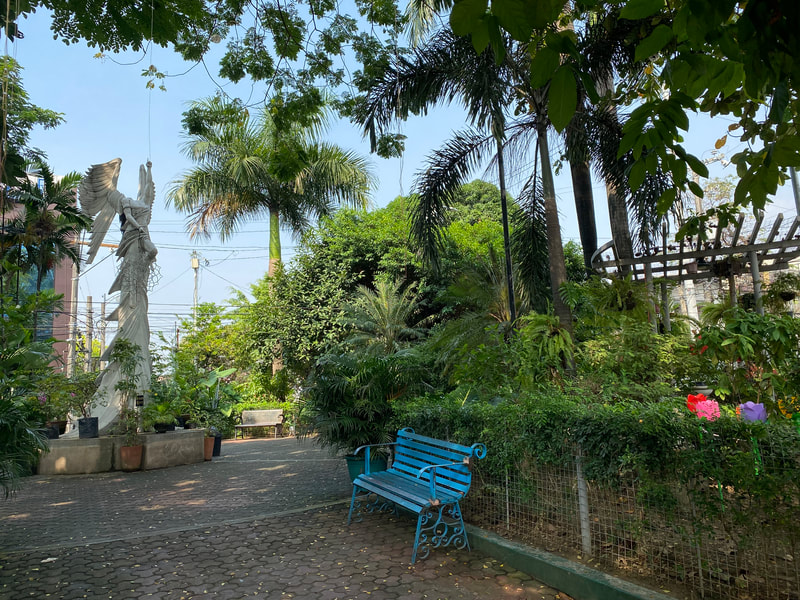

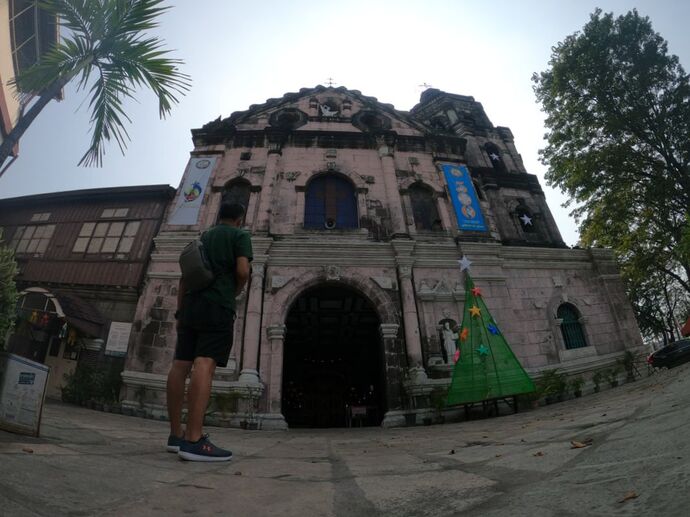
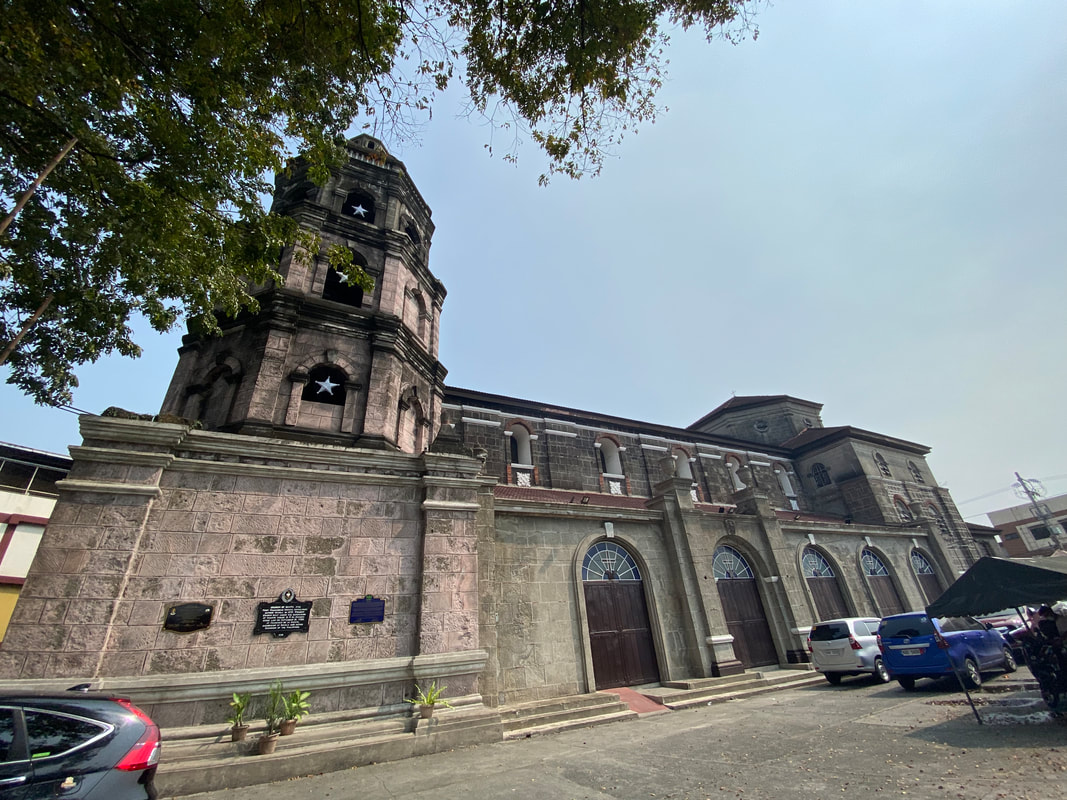
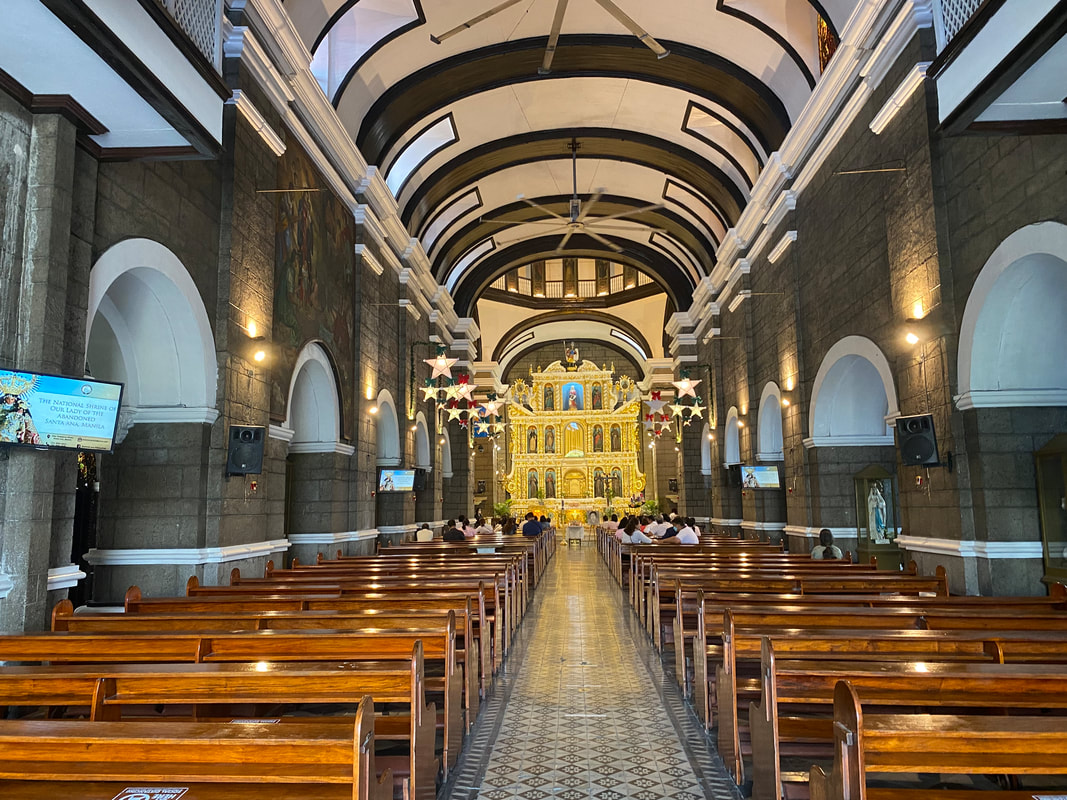
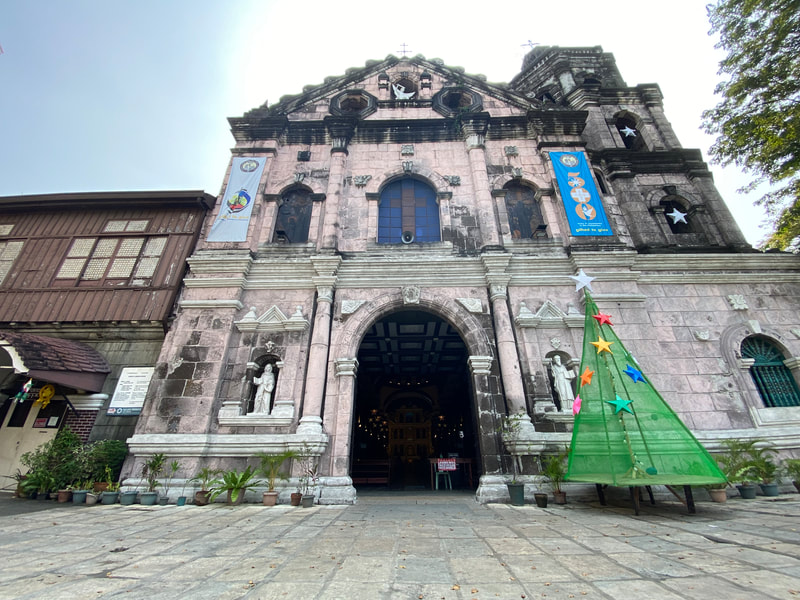
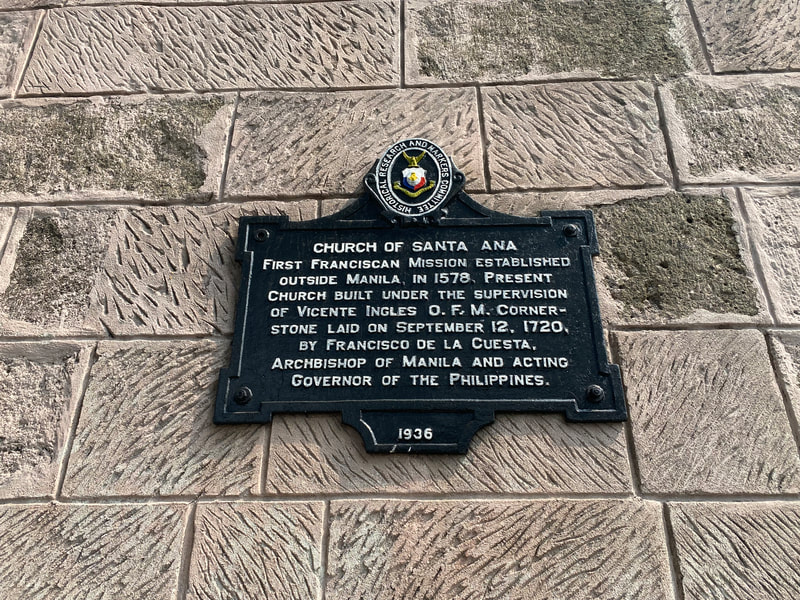
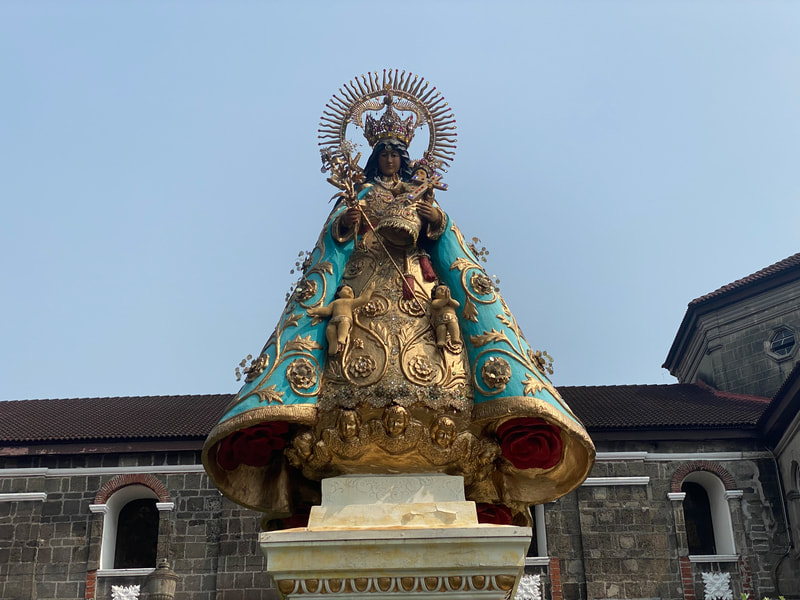
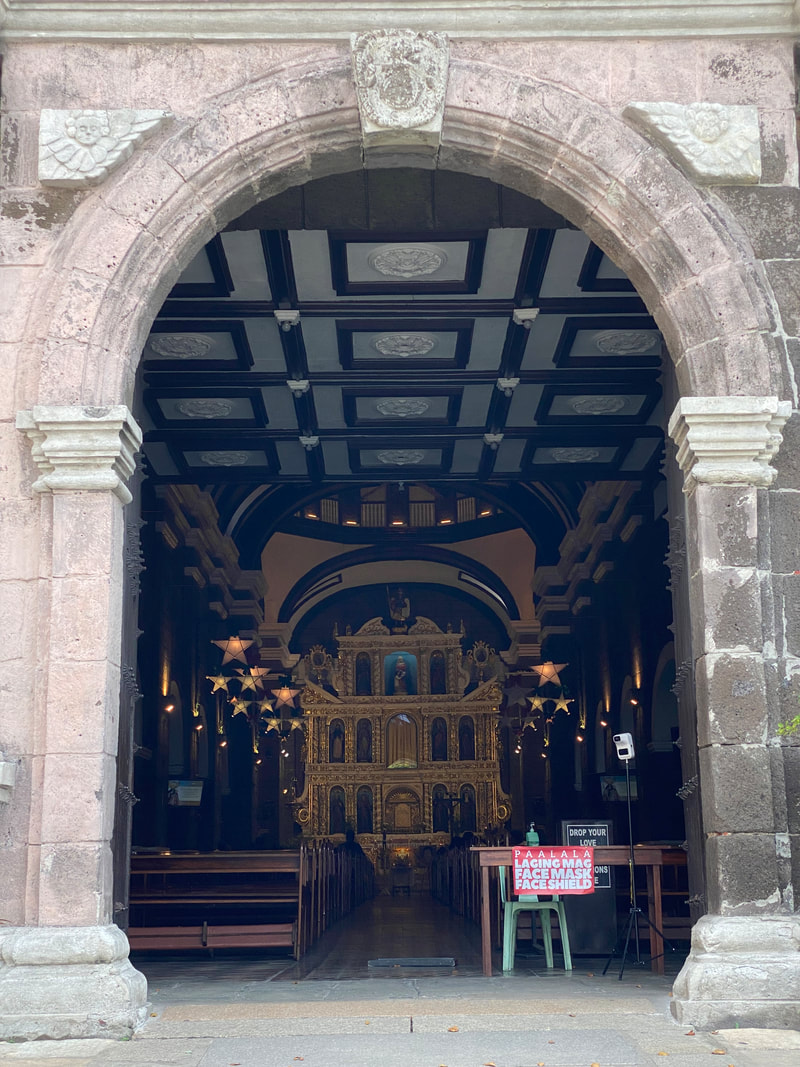
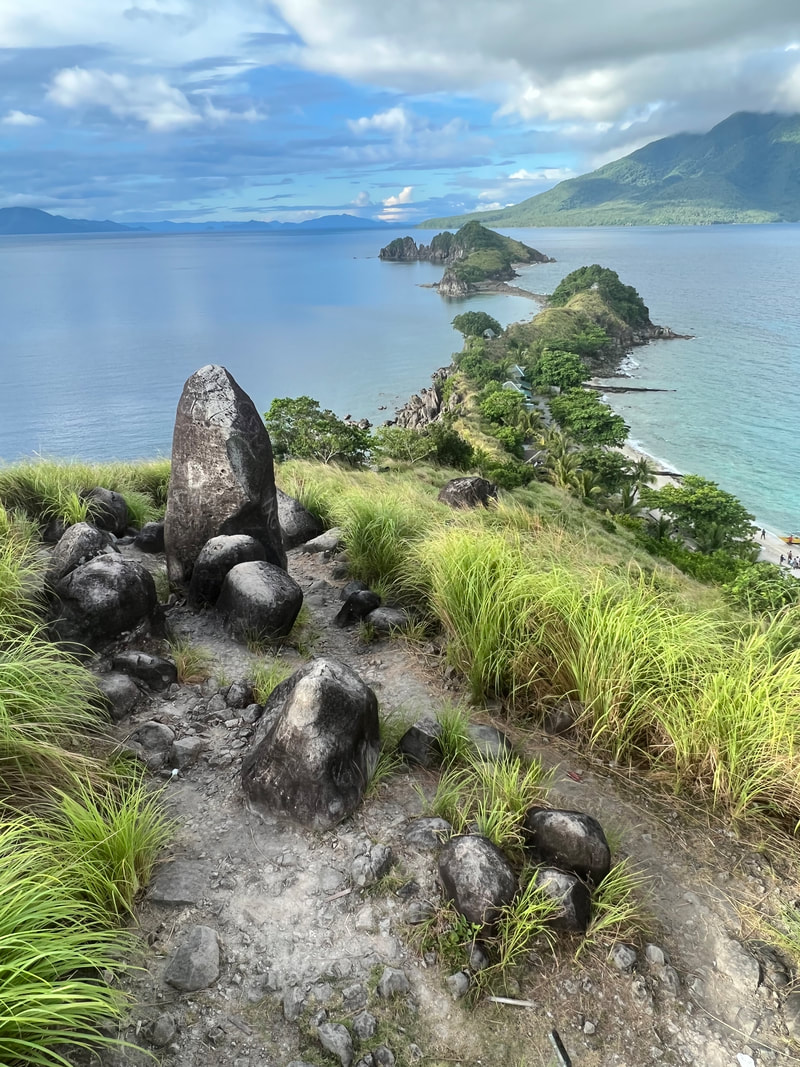
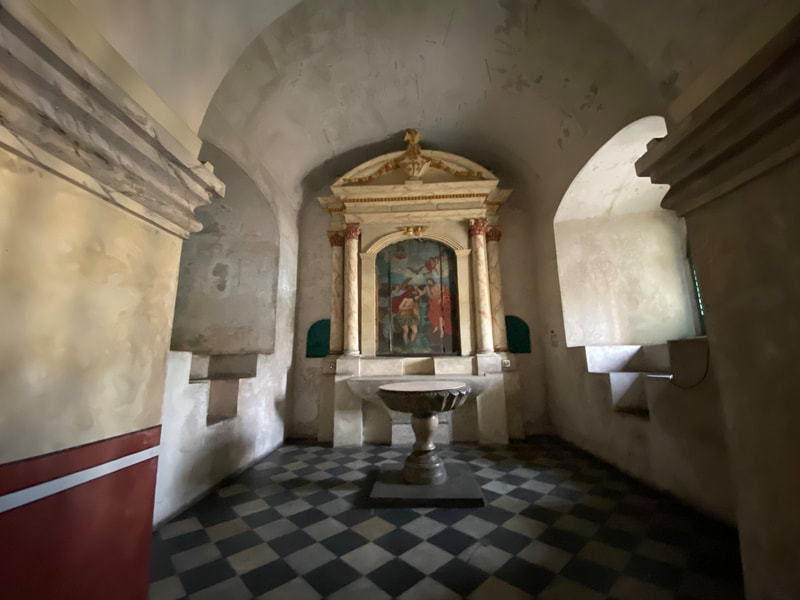
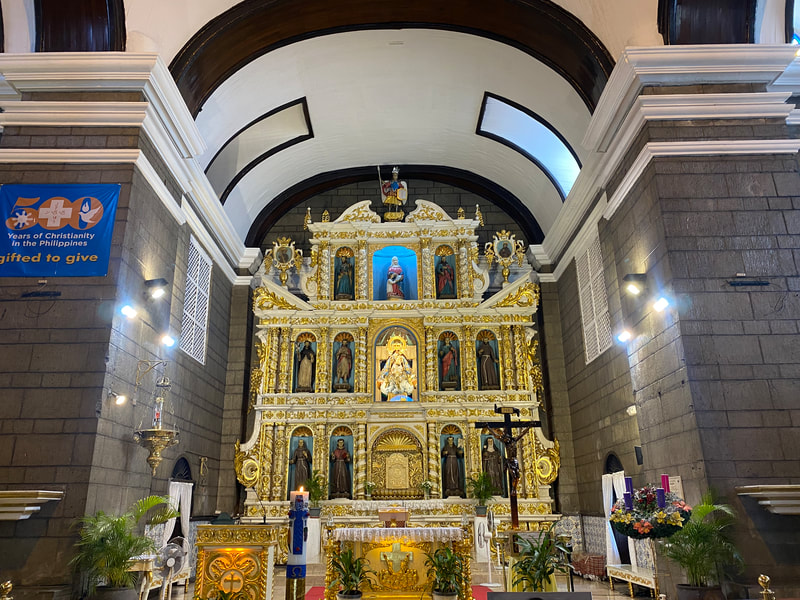
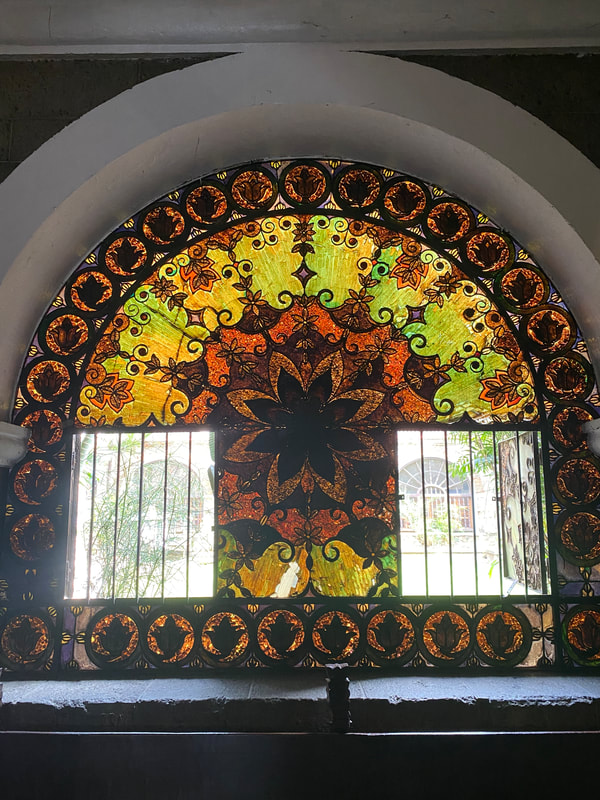

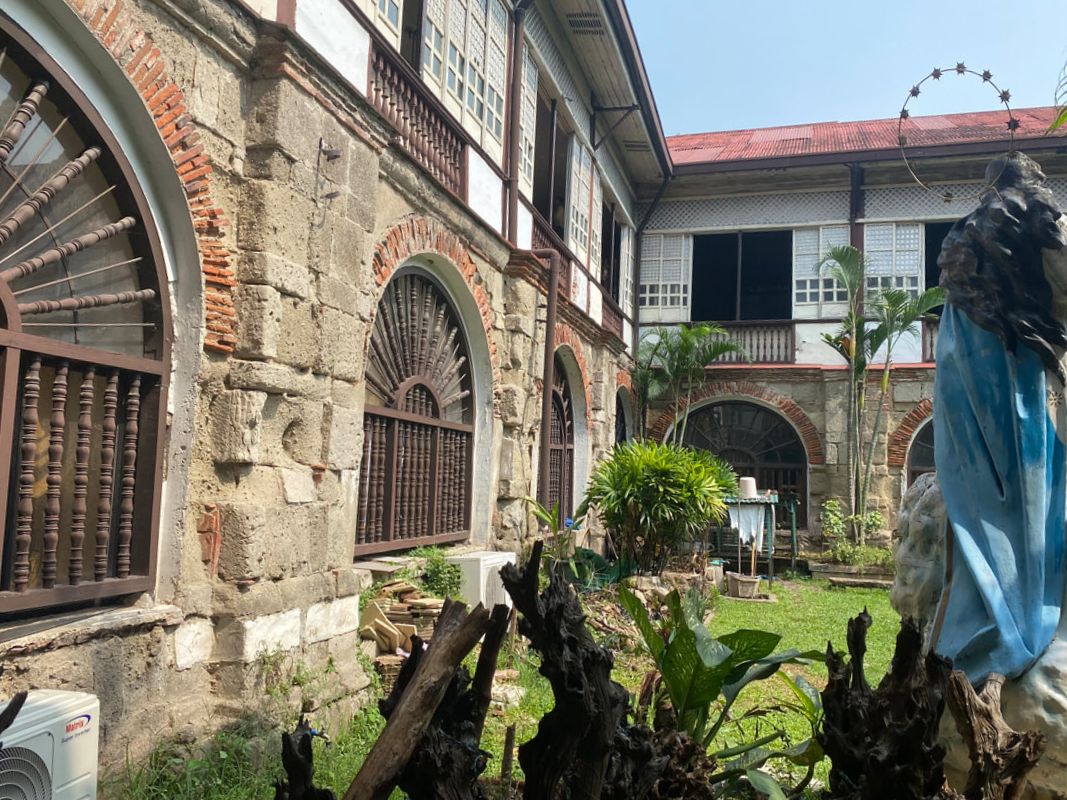
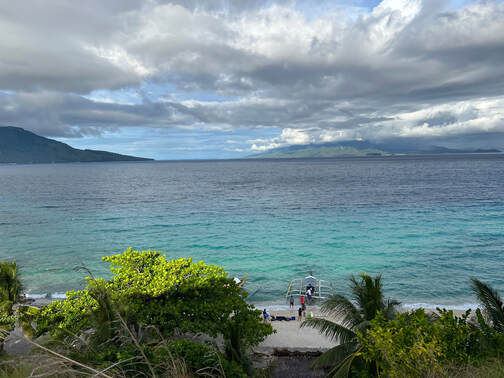

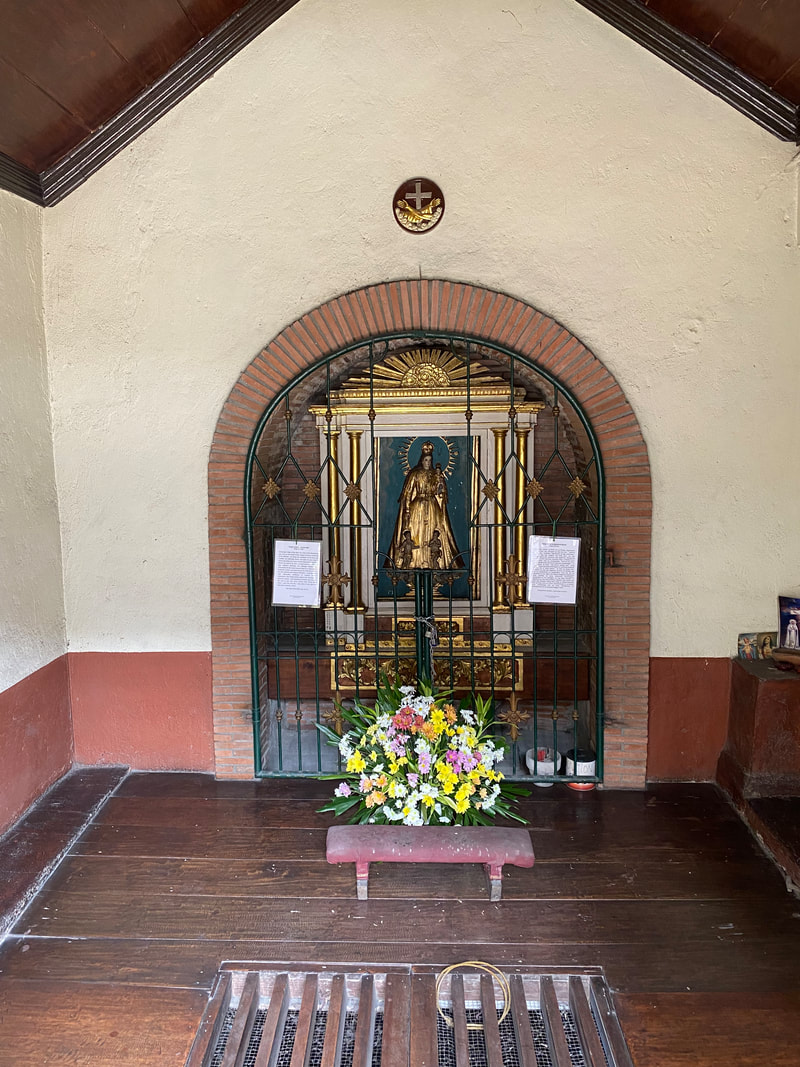
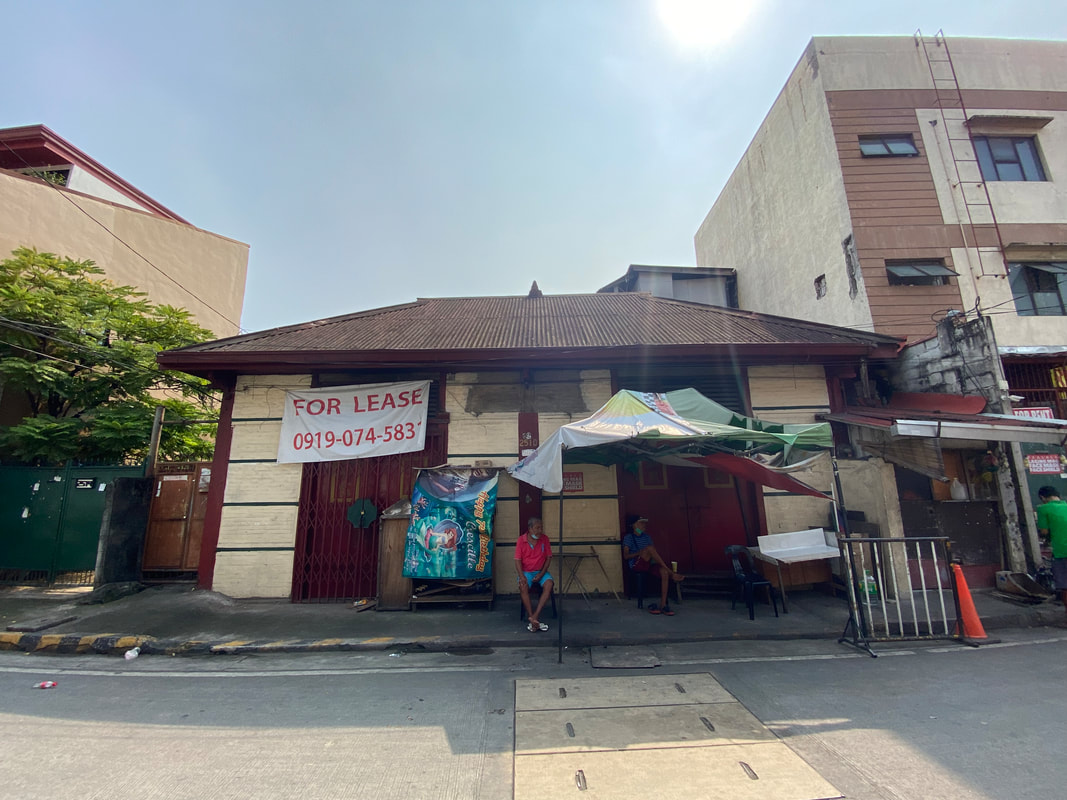
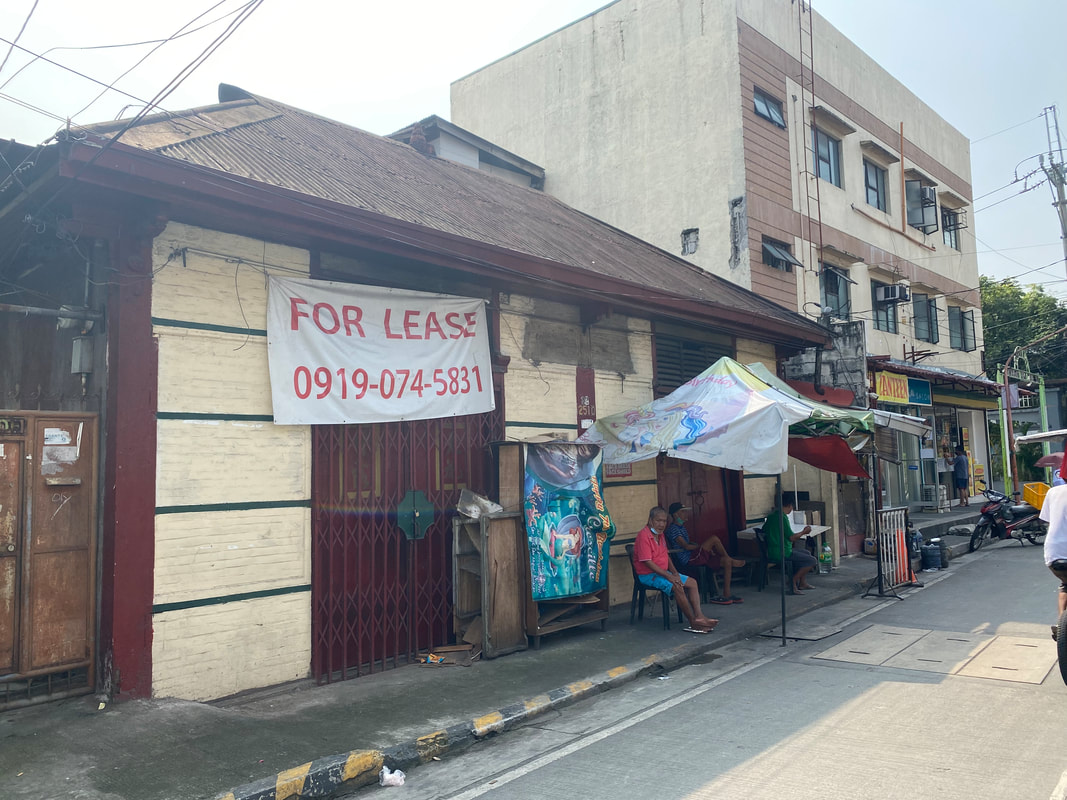
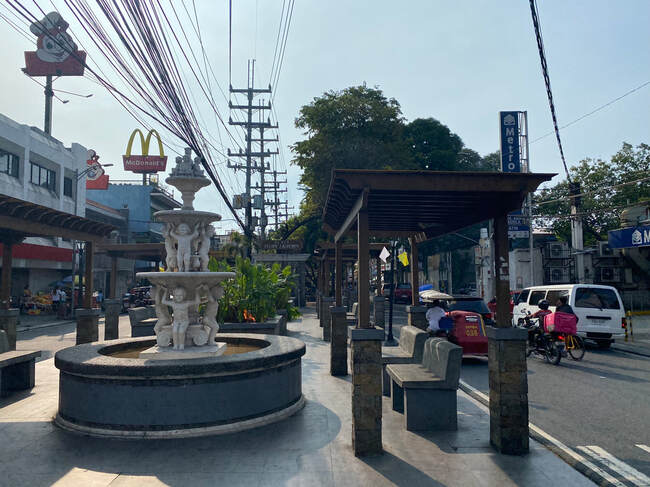
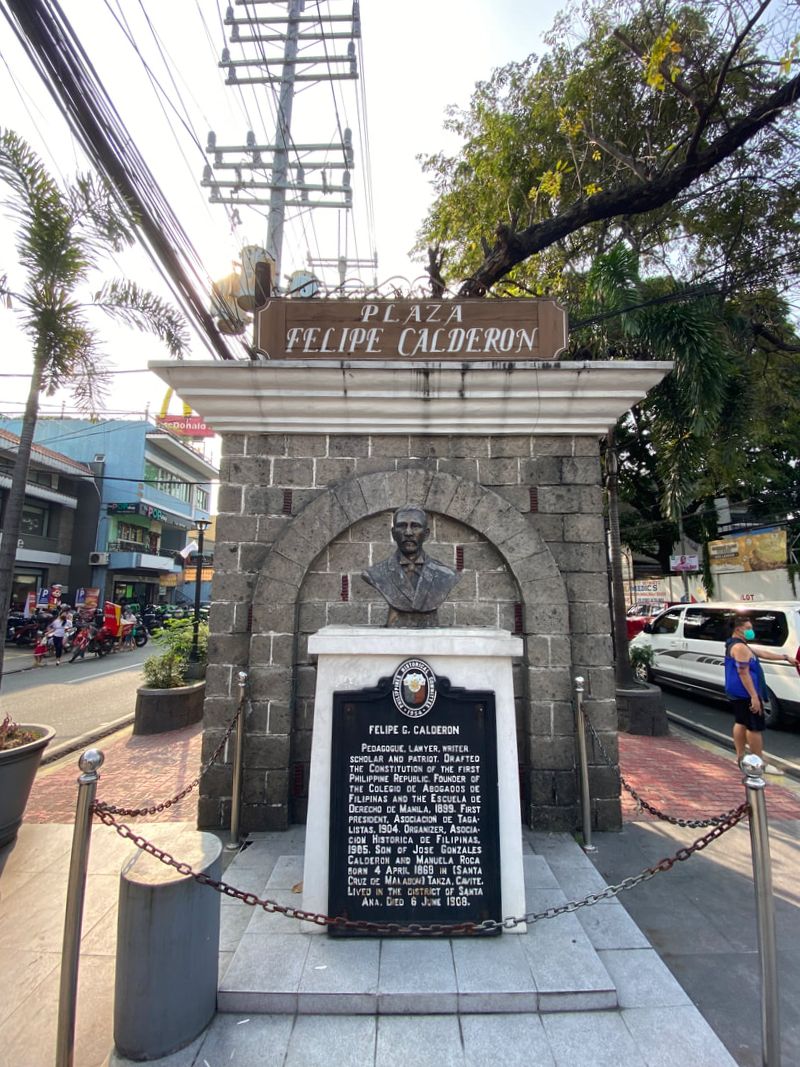
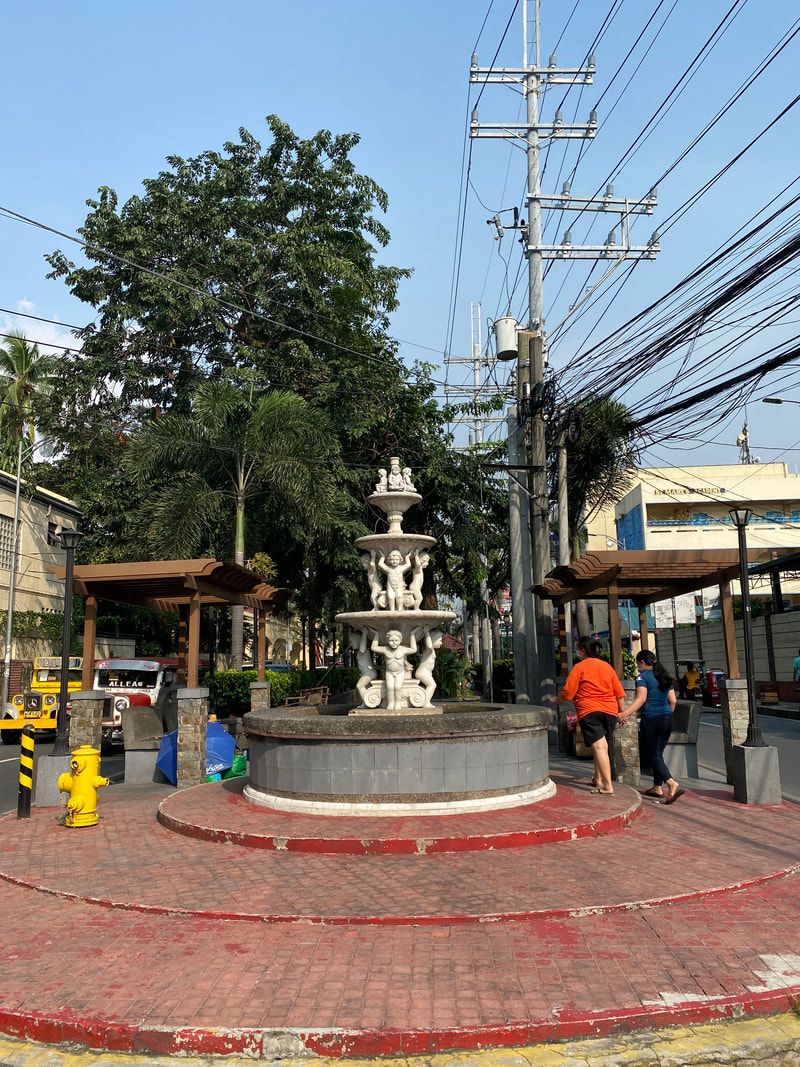
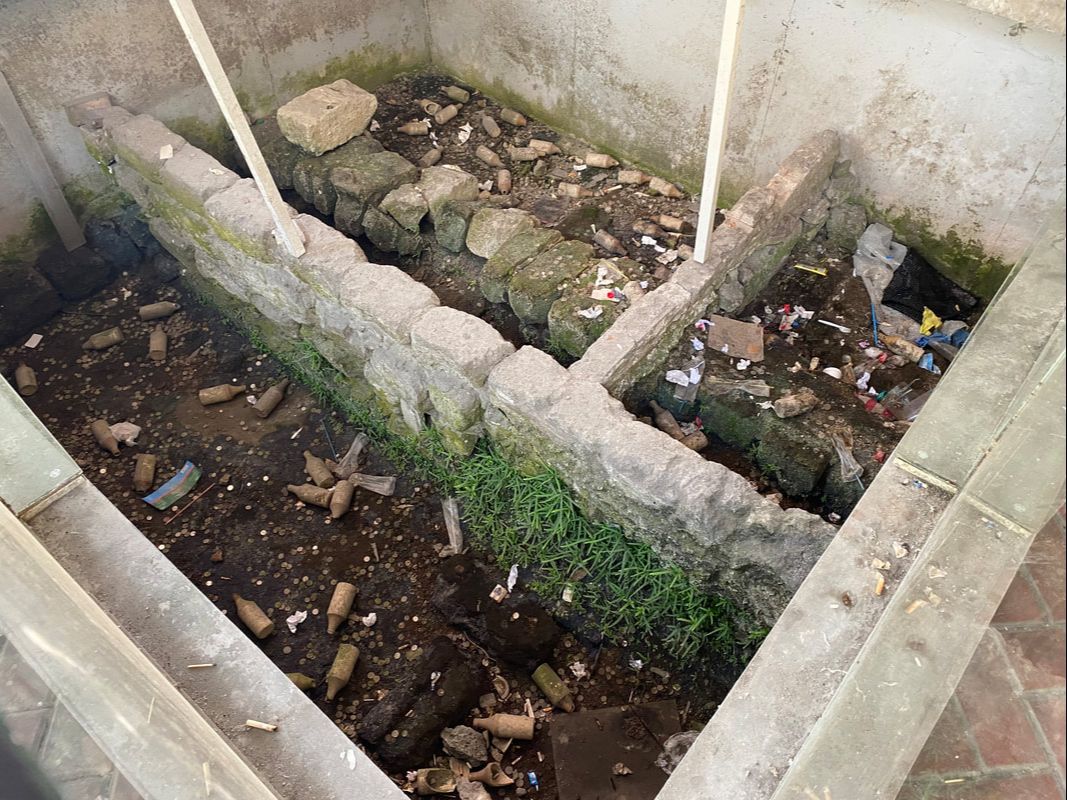
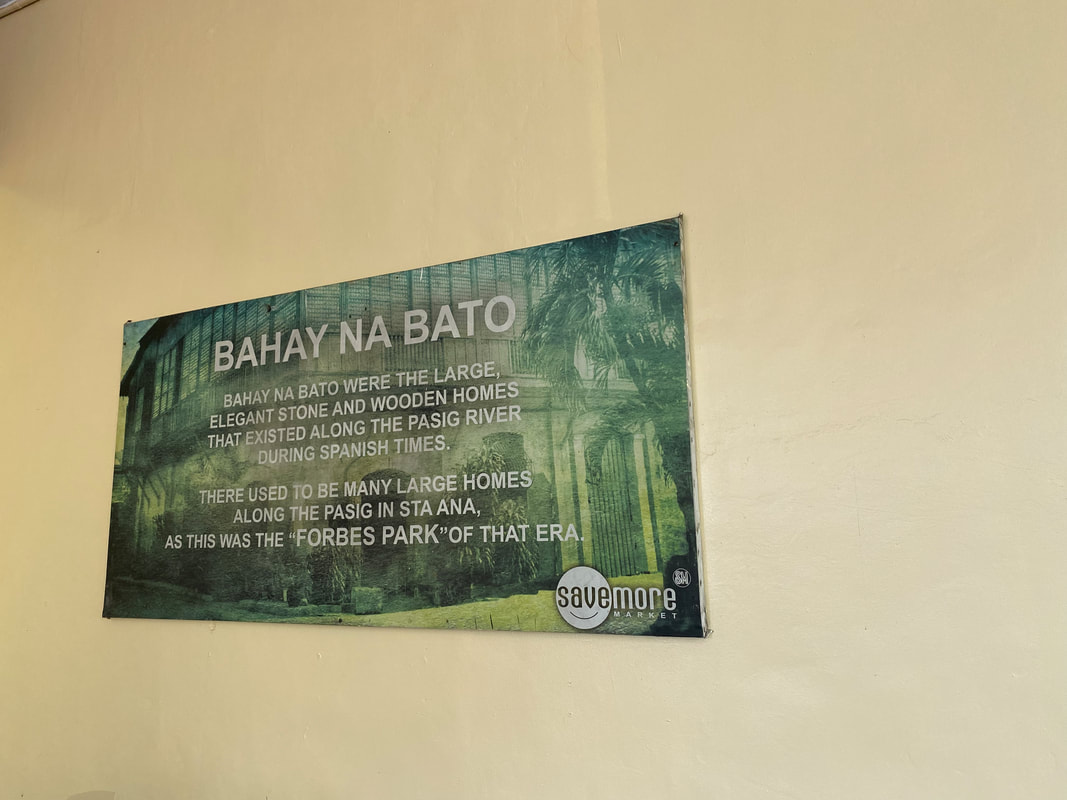
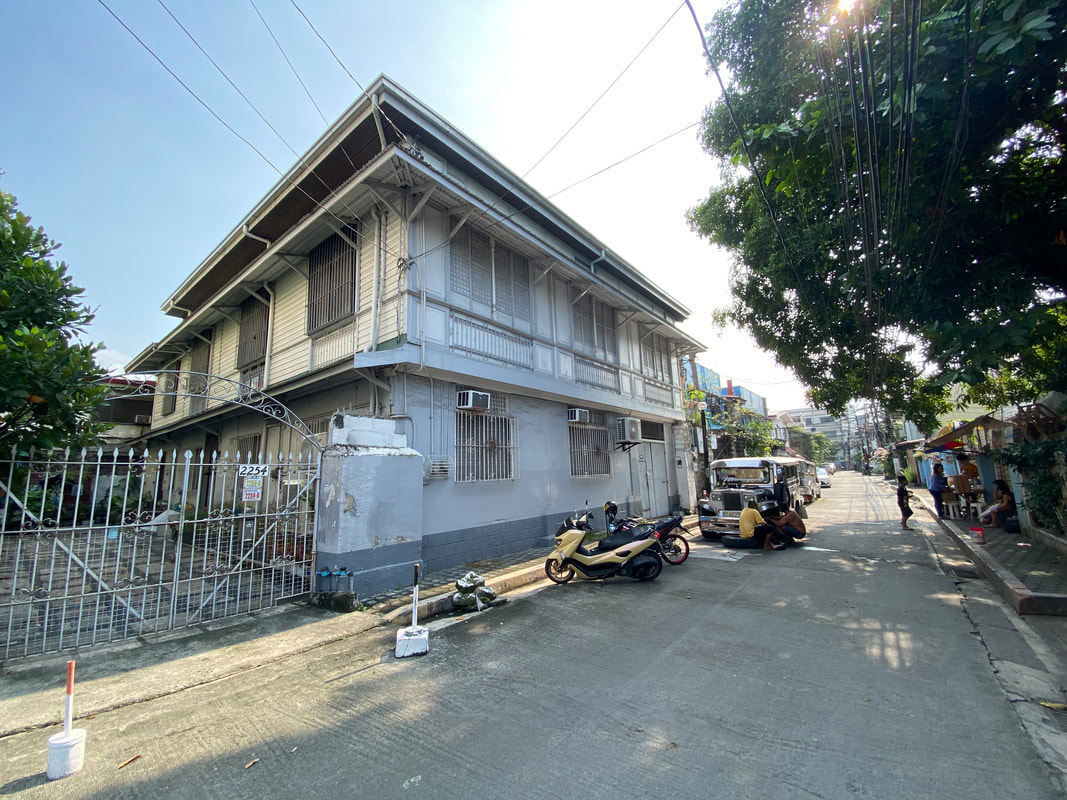

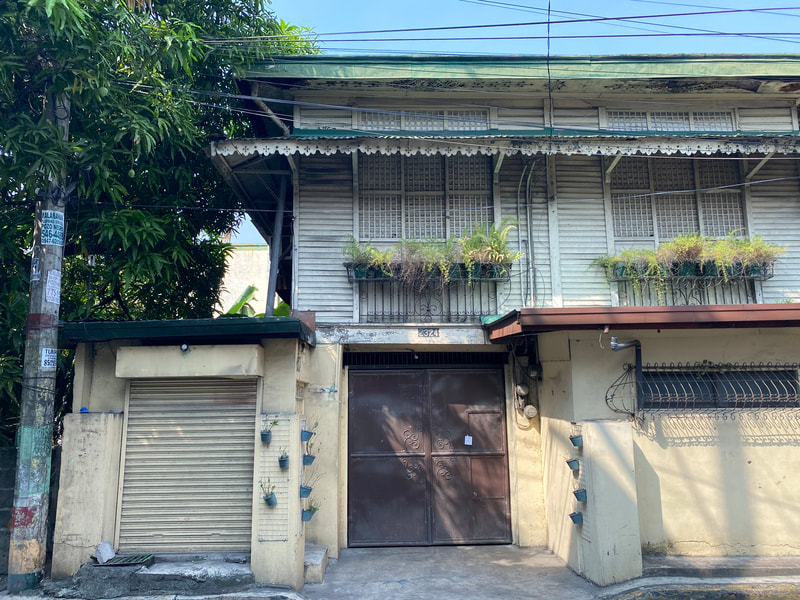

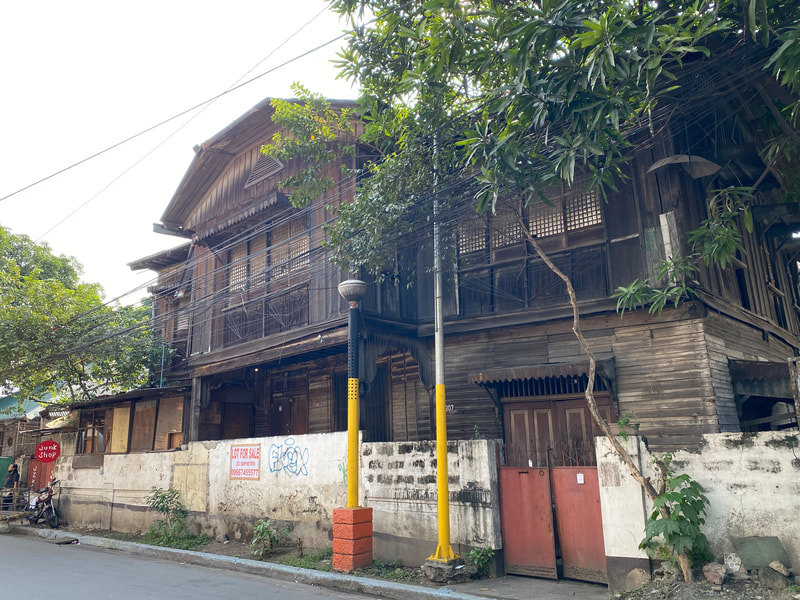
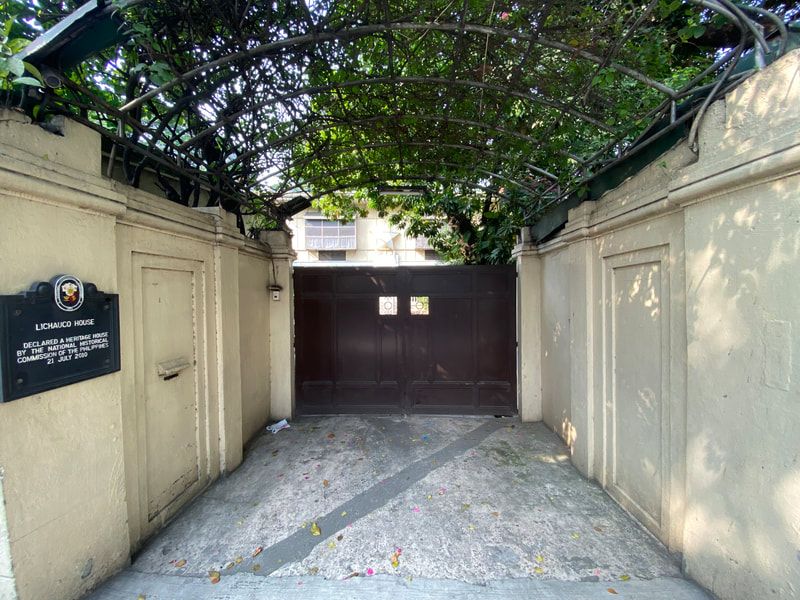
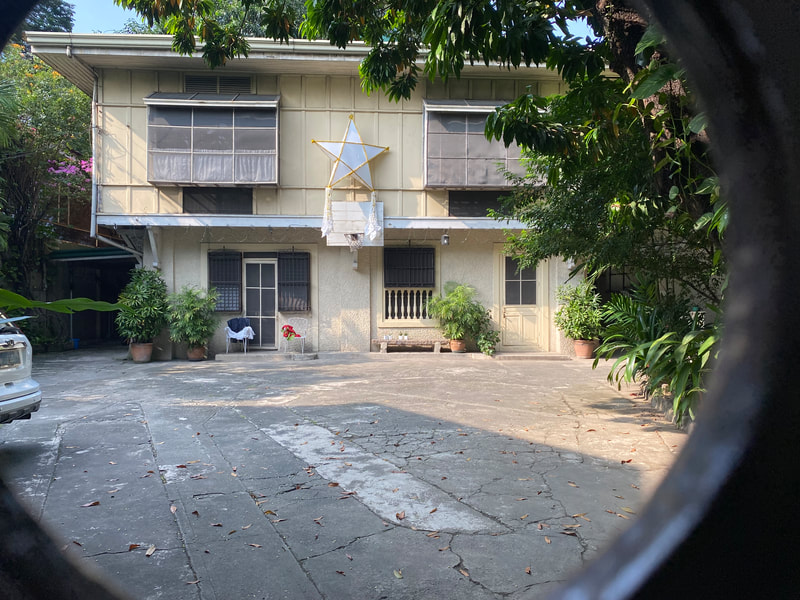
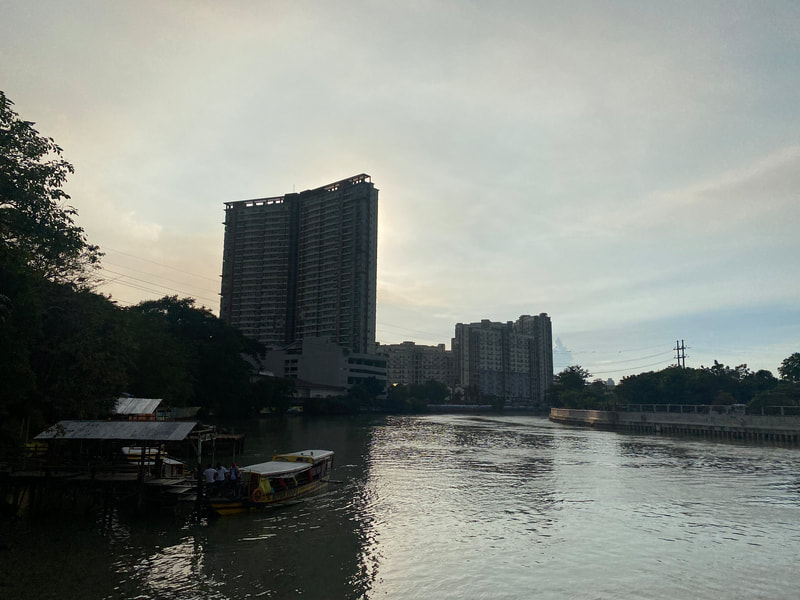
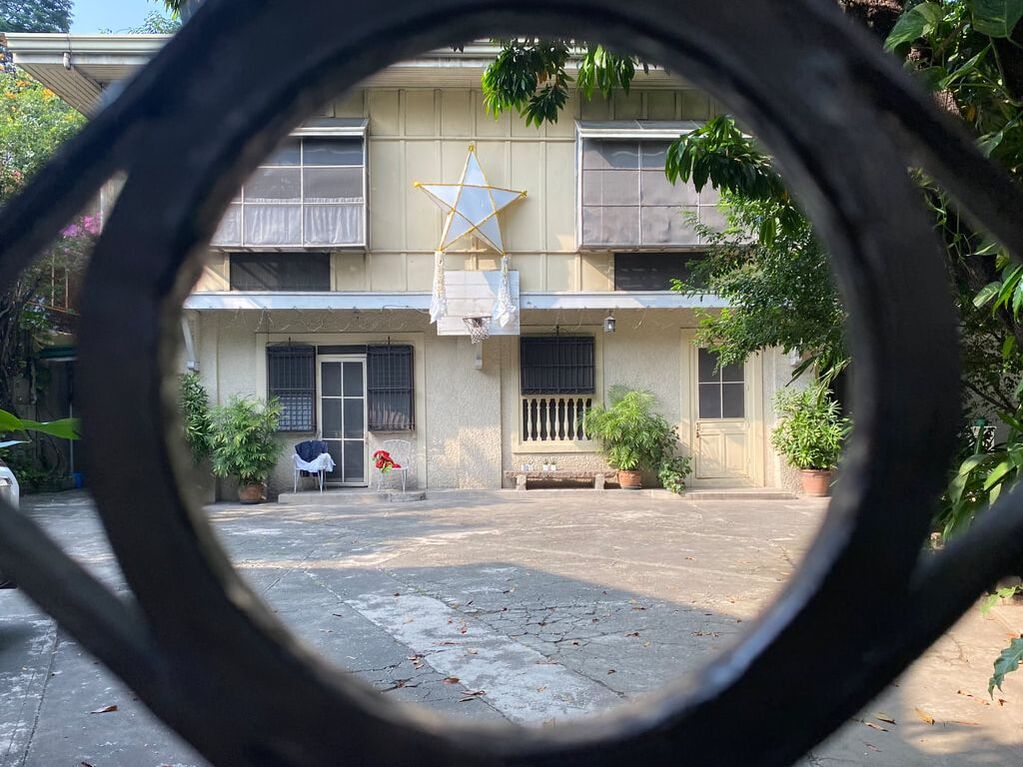
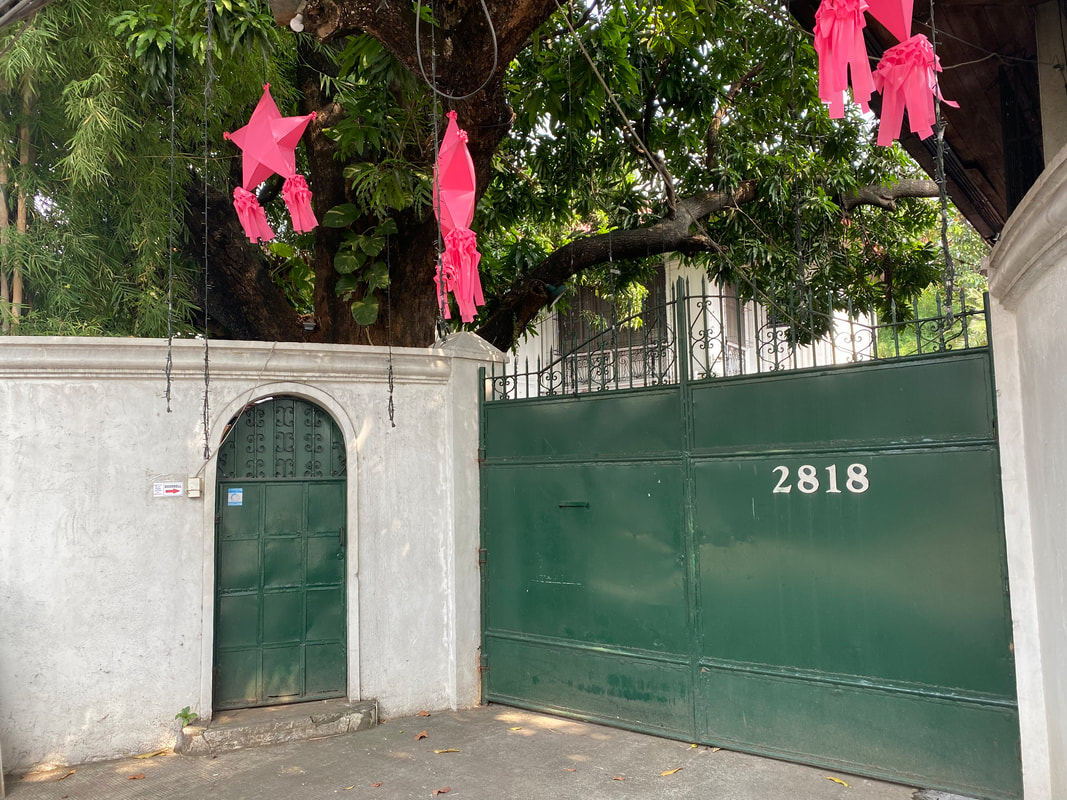
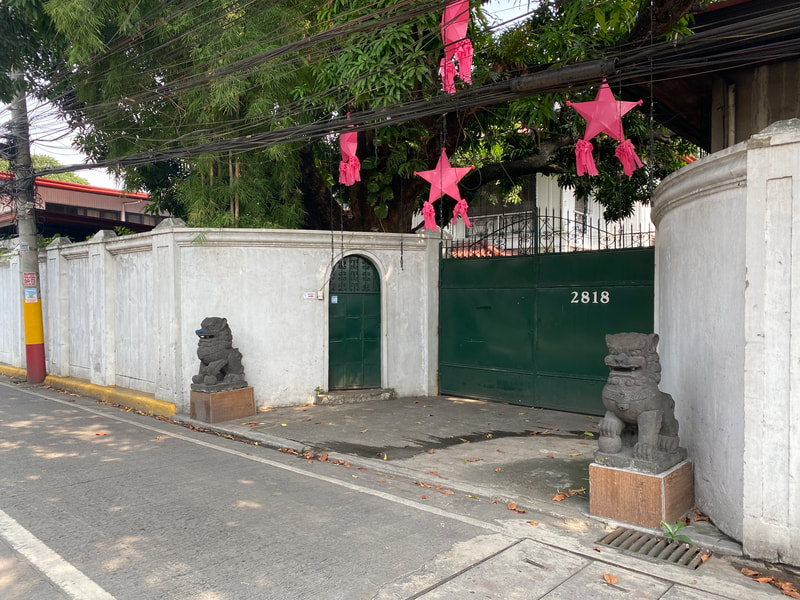
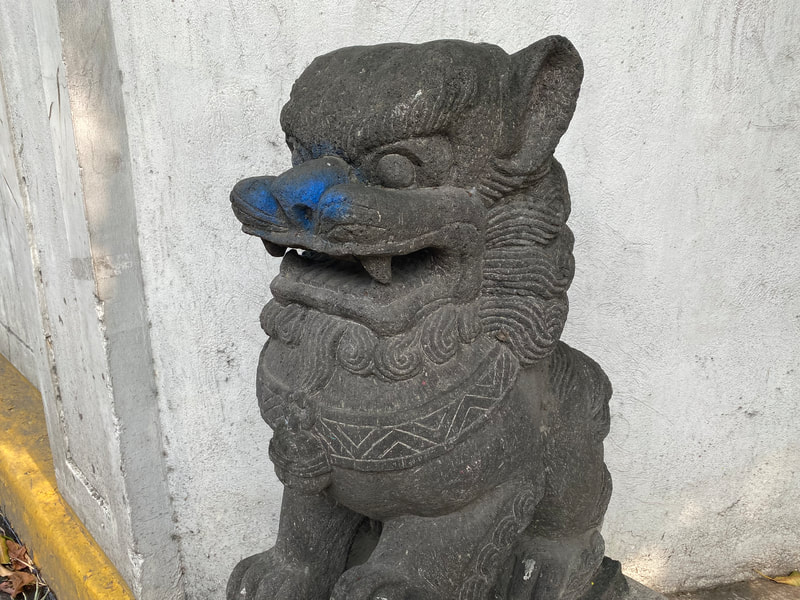
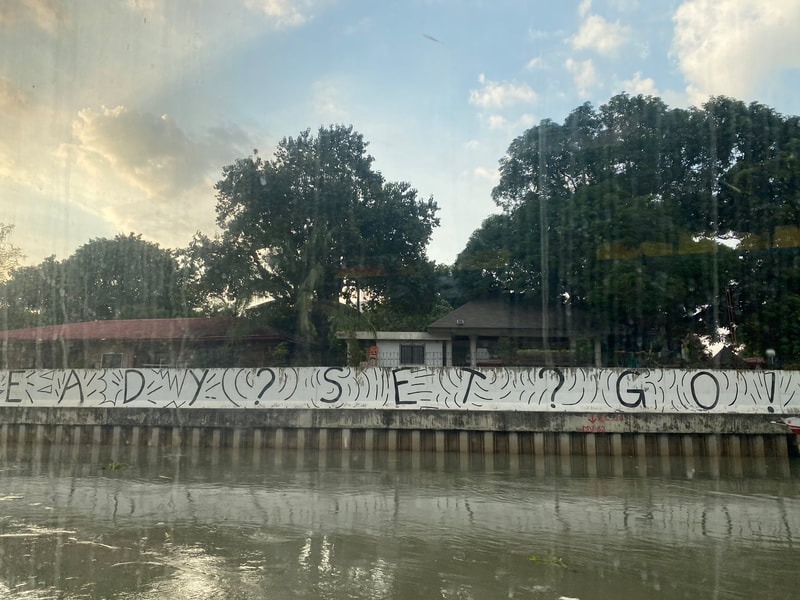
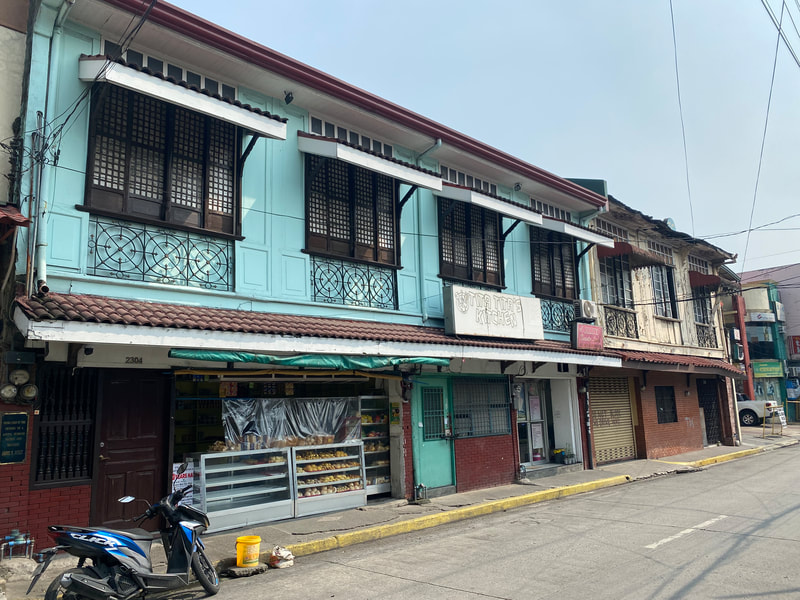
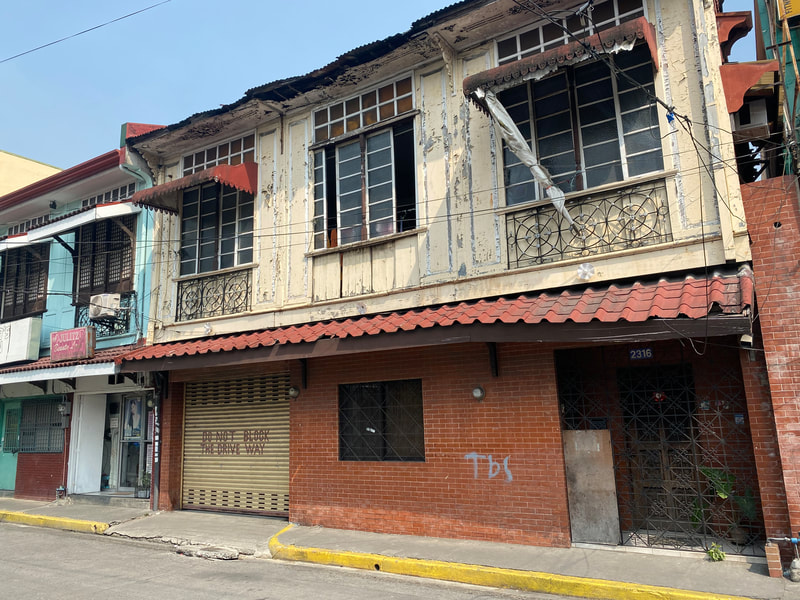
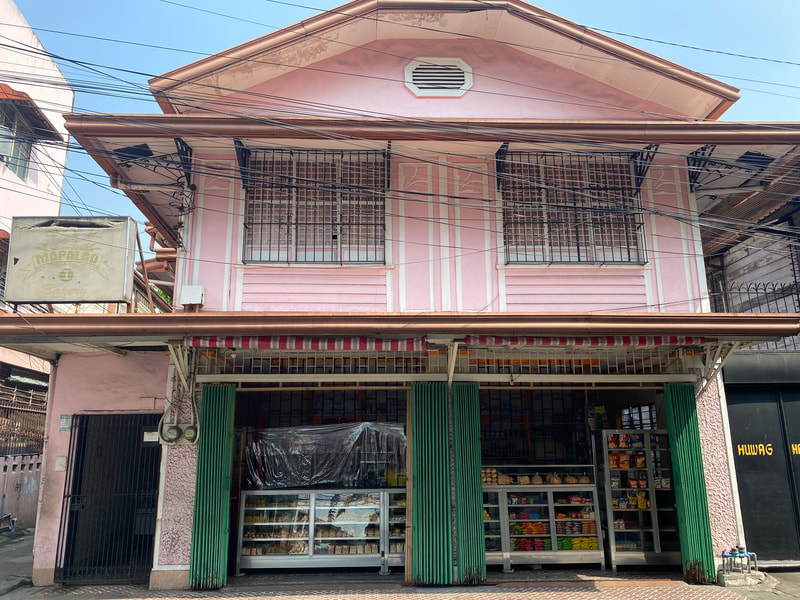
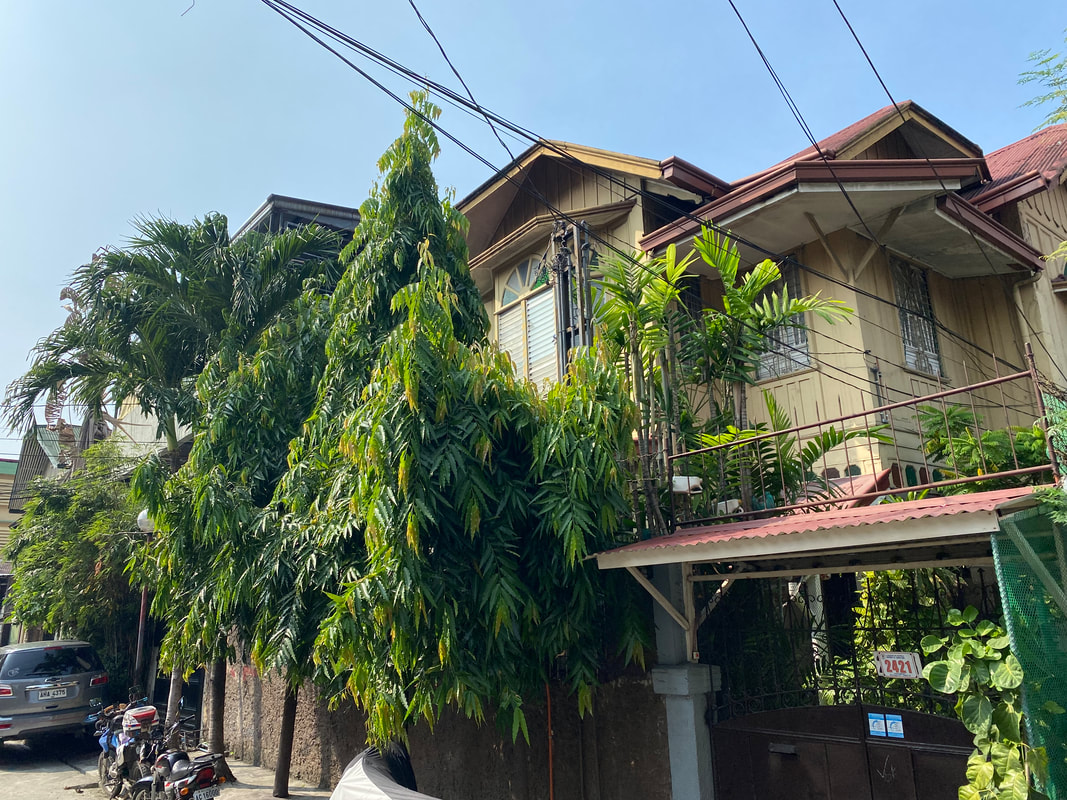

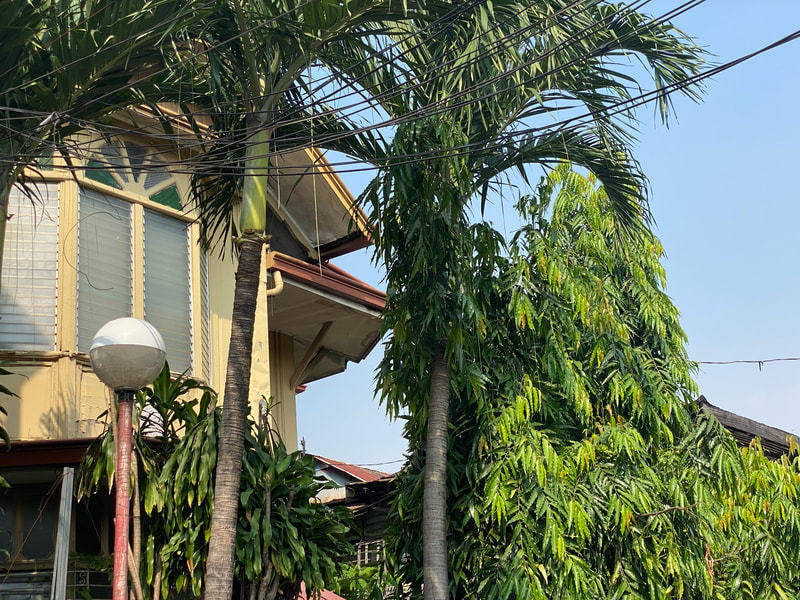
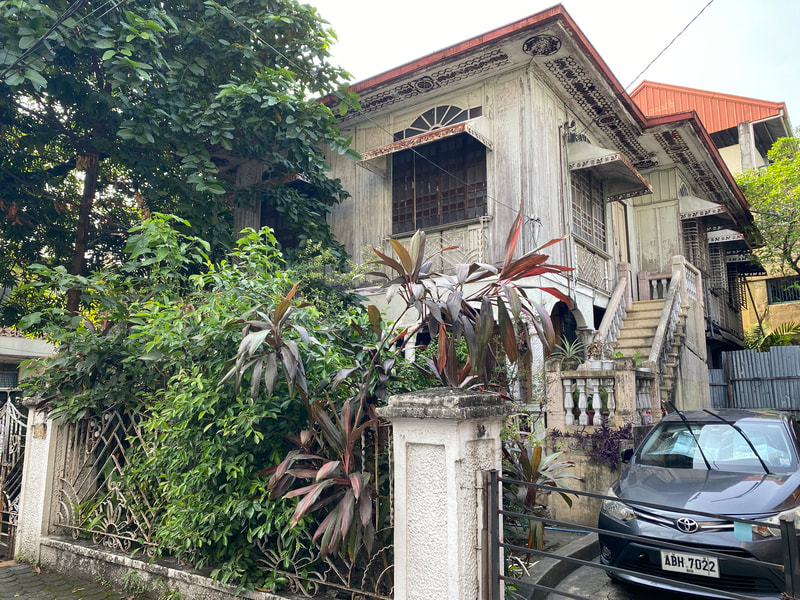
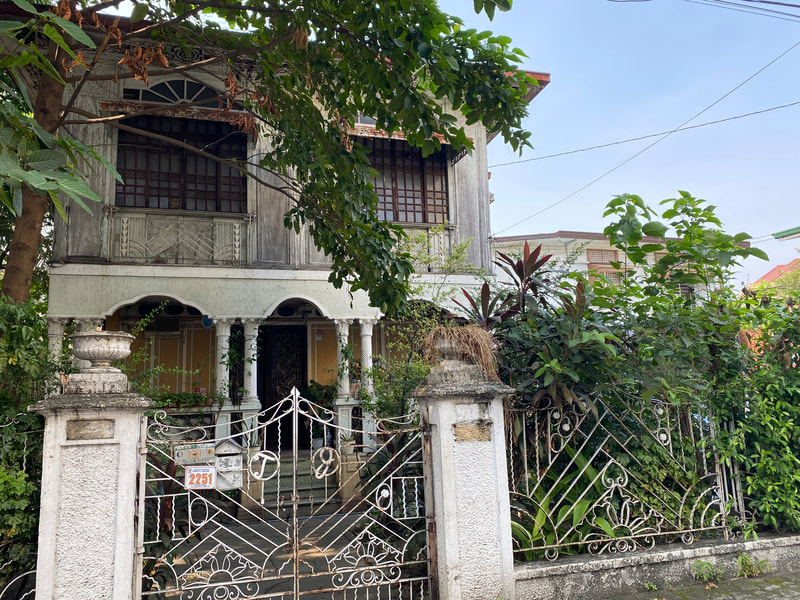
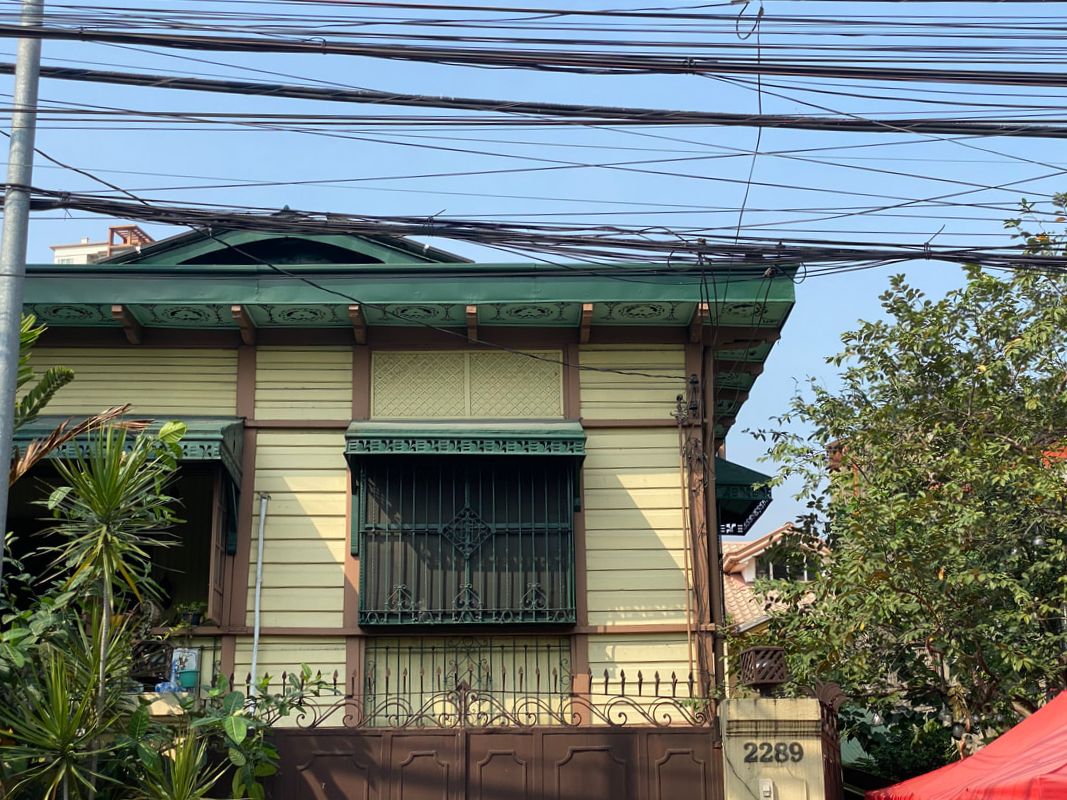
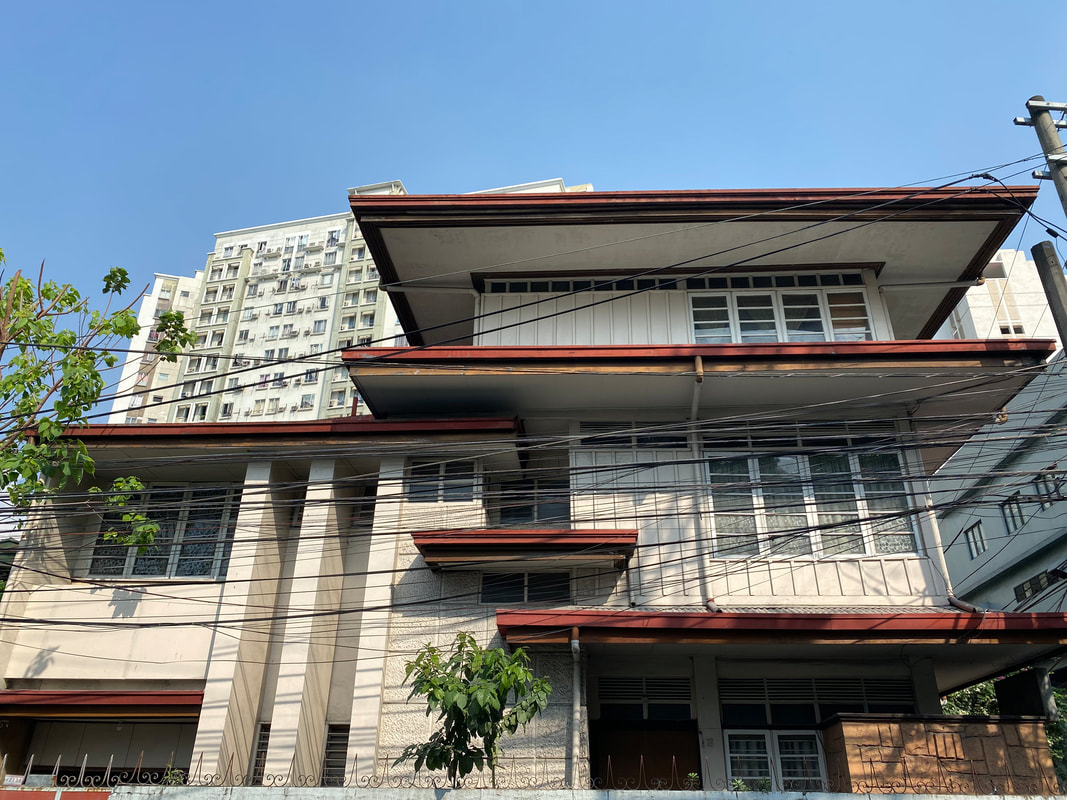
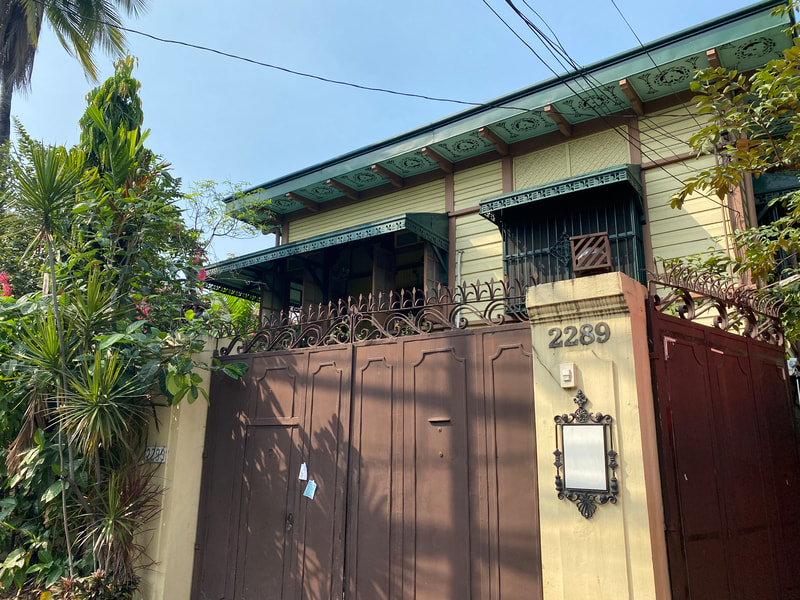
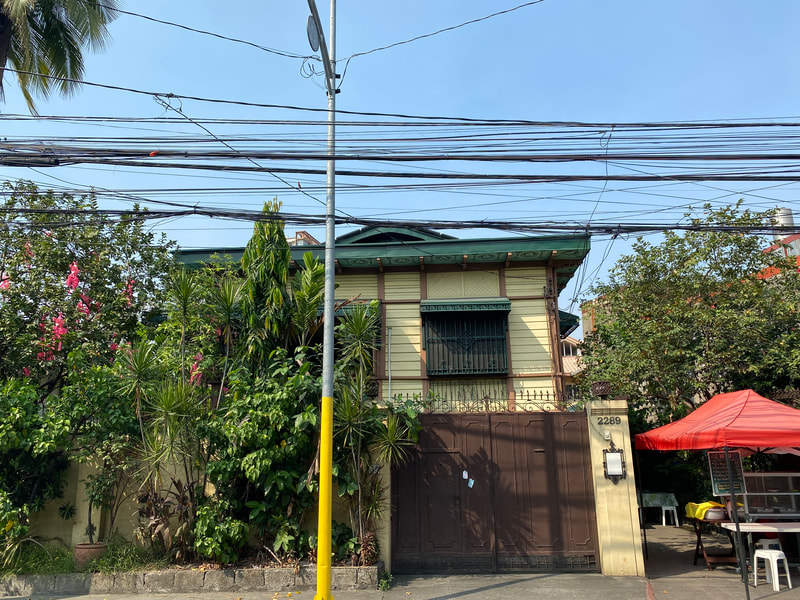
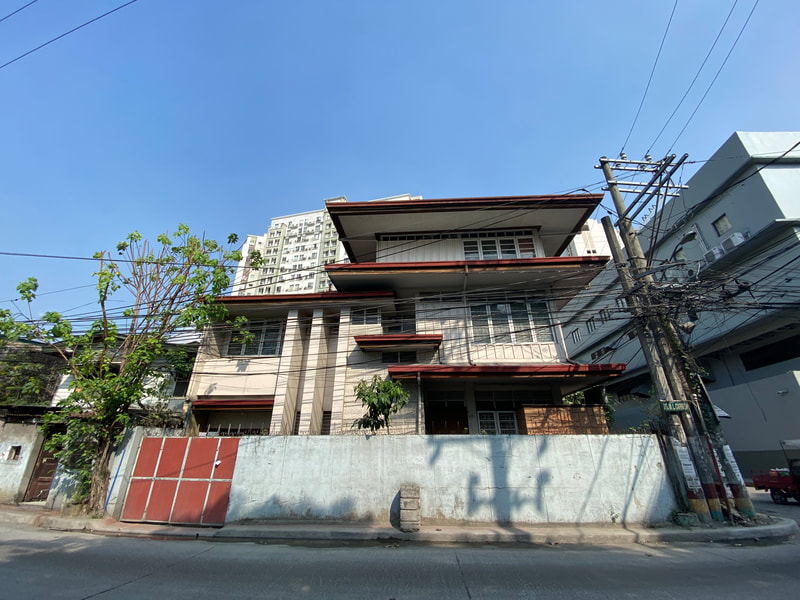





 RSS Feed
RSS Feed